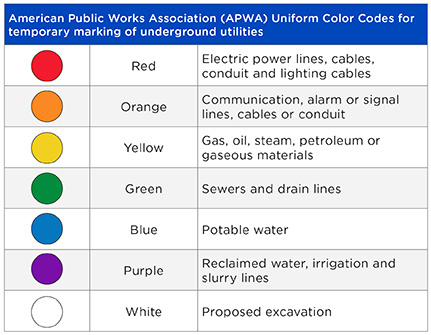Toolbox talk | Utility lines
Utility lines: Prevent underground utility line damage
Simplifying your toolbox talks
What you need to know to prevent utility line strikes
Confirm review of this toolbox talks article.
